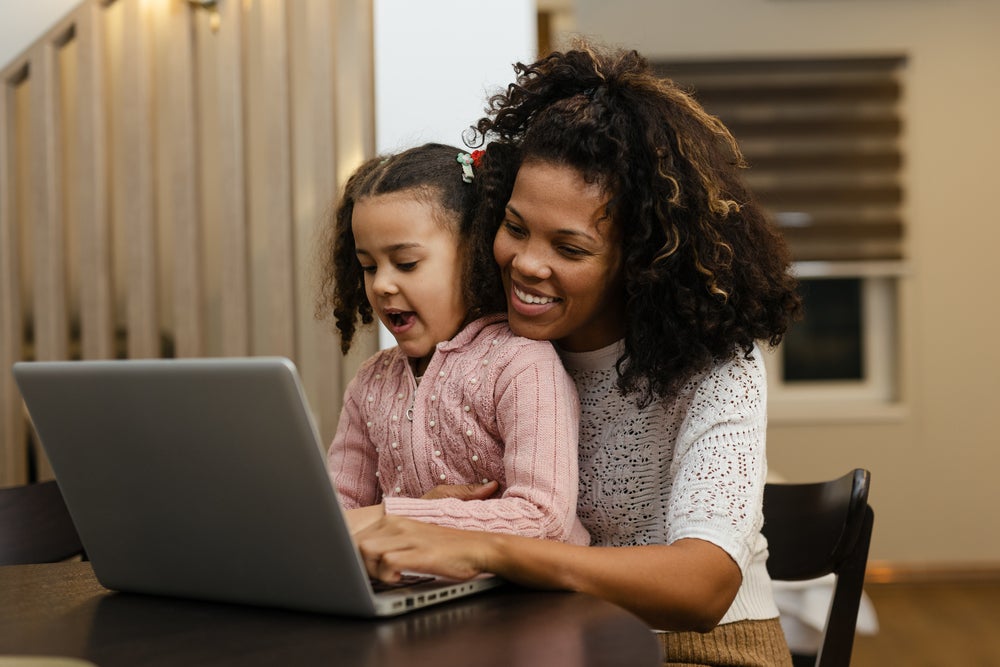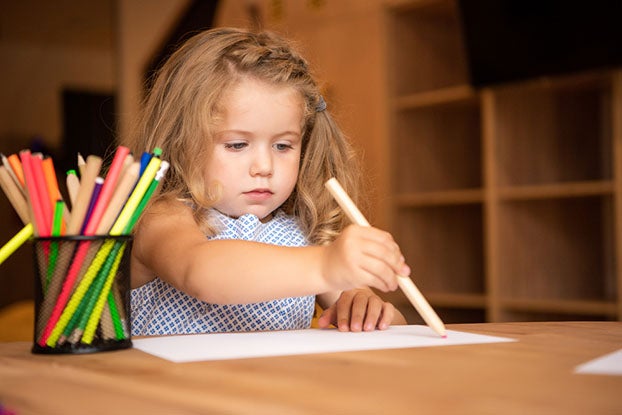You want your child to love learning and achieve academic success. And you know technology plays an essential role in today’s educational landscape, but you don’t want your little one glued to a screen all day. So, how can you strike a balance? With blended learning.
This educational strategy combines the best of both worlds — traditional, hands-on instruction and digital learning. It’s a flexible approach that can benefit students of all ages, from preschool to college.
Blended learning is an important part of the Begin play-based learning membership. To help you decide if it’s right for your family, we put together this guide. Keep reading to learn more about blended learning and discover the benefits of this educational approach.
Table Of Contents
- What Is Blended Learning?
- Blended Learning Benefits
- Blended Learning Models
- Blended Learning Examples
What Is Blended Learning?
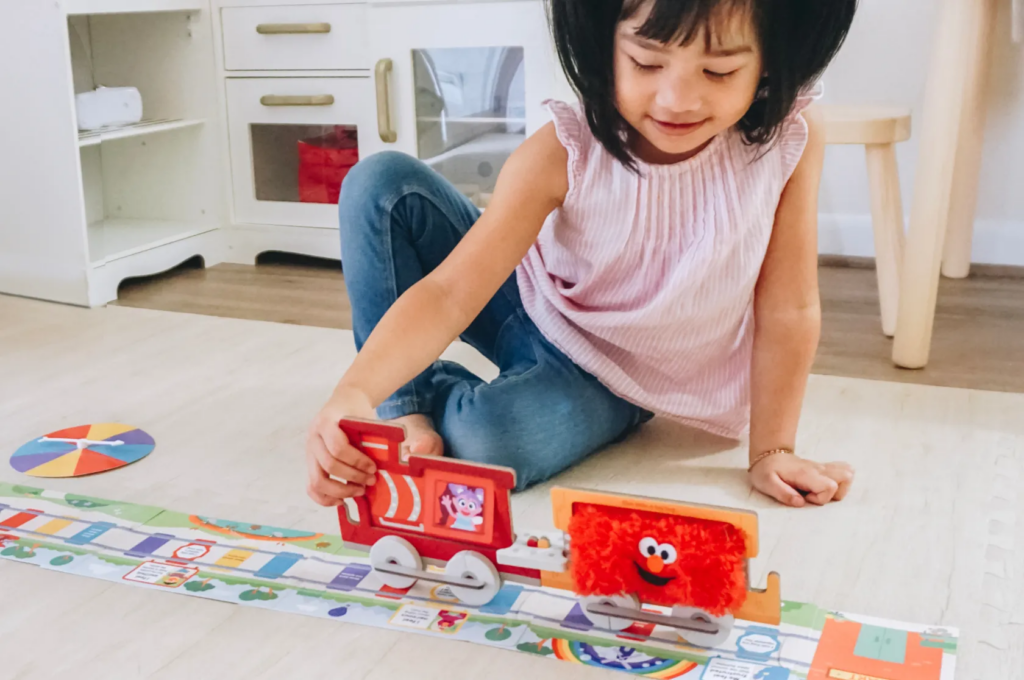
What do you get when you combine play-based learning with age-appropriate screen time you can feel good about? Blended learning!
This educational approach is a hybrid of traditional hands-on or face-to-face instruction and online learning. It incorporates the best practices of both methods to create a well-rounded, personalized learning experience for your child.
Blended learning can take many forms depending on a student’s specific needs and goals. Your child’s age also plays a role.
For example, a high school student might attend a traditional class in the morning and then complete online coursework in the afternoon.
Meanwhile, preschoolers might have more play-based activities with small pockets of intentional screen time throughout the day. They could watch a short video about the importance of sharing and then engage in role-playing games to practice sharing their toys with others.
Blended Learning Benefits
Students of all ages and abilities can benefit from blended learning. Here’s how.
Fuels The 5C’s
The 5C’s are at the heart of the Begin research-backed approach to helping kids thrive in school and life. They are:
Blended learning ignites all five. For example:
- Curiosity: With the ability to explore topics in different ways, your child can follow their interests and dive deeper into subject matters that intrigue them. Children are more likely to remember what they have learned when they are curious about something.
- Character: Blended learning encourages independent learning and self-paced progress. This promotes responsibility, resilience, and self-motivation — all important character traits for success in school and beyond.
- Creativity: Learning and play are interconnected. Your child’s developing brain needs the hands-on, interactive experiences that blended learning offers. As your child learns something online, they can apply it offline in an activity or project of their design.
- Critical thinking: With blended learning, your child has the freedom to explore and discover information on their own. They are not just receiving knowledge but actively seeking it out and analyzing it — skills that will serve them well throughout their life.
- Core skills: With blended learning, your child can receive personalized support based on their needs. The program will introduce them to core skills at their own pace and help them gain a deeper understanding of concepts before moving on.
Provides Personalized Learning
Each child has unique strengths, challenges, and learning styles. Blended learning provides personalized instruction by combining individualized online activities with hands-on teacher support.
This approach allows students to receive targeted support and practice in areas where they may struggle while also challenging them to progress at a pace that suits their needs. This personalized experience increases student engagement, motivation, and academic success.
Teaches Digital Skills
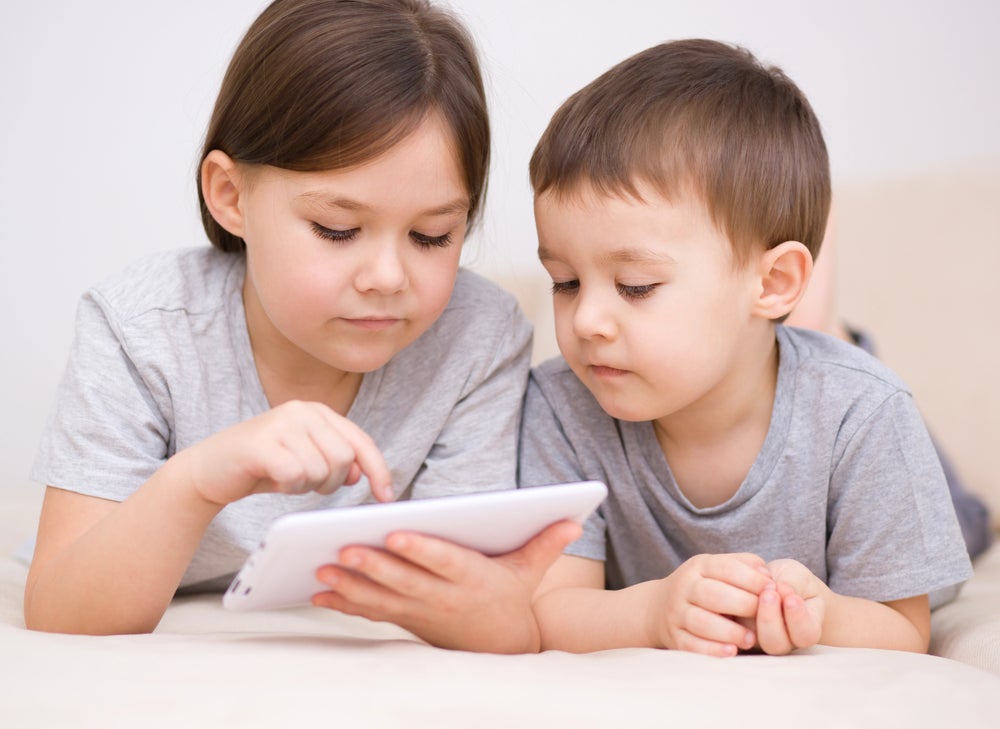
Technology is integral to the modern world, and digital skills are crucial for success. Blended learning allows your child to acquire and practice these skills in a safe and controlled environment.
It transforms their screen time from passive consumption to interactive learning and creation. This prepares them for their future careers and helps them develop critical thinking skills and digital citizenship.
Increases Flexibility
Blended learning isn’t limited to a specific time or location. Students can access their online material from anywhere with an internet connection. This flexibility makes it easier to balance school with other commitments.
Provides Analytics
This type of learning also provides valuable analytics and data to teachers and parents. It allows them to track a child’s progress and identify areas where they may need additional support. This data makes it easier for teachers to adjust their instruction and provide targeted interventions.
At the same time, parents can also monitor their children’s learning and stay informed about their academic growth, strengths, and weaknesses.
This partnership between parents and teachers can create a strong support system for students to help them reach their full potential.
Encourages Collaboration And Communication
With access to online platforms, students may be able to communicate with each other in real-time. Students can work together and learn from each other, even if they’re not in the same location.
Blended learning also encourages communication between students and teachers. Online platforms allow students to ask questions or seek clarification outside regular class time.
Blended Learning Models
Now that you know more about blended learning and its benefits, let’s look at a few common examples of this instructional model.
Flipped Classroom
In a flipped classroom, students watch pre-recorded lectures or complete online activities at home. This gives them the background knowledge to engage in hands-on activities or discussions during class time.
It also frees the teacher up to provide more individualized instructions and support to students who need it. This model can be particularly effective in math or science classes, where students need more repetition and practice to master the material.
Face-to-Face
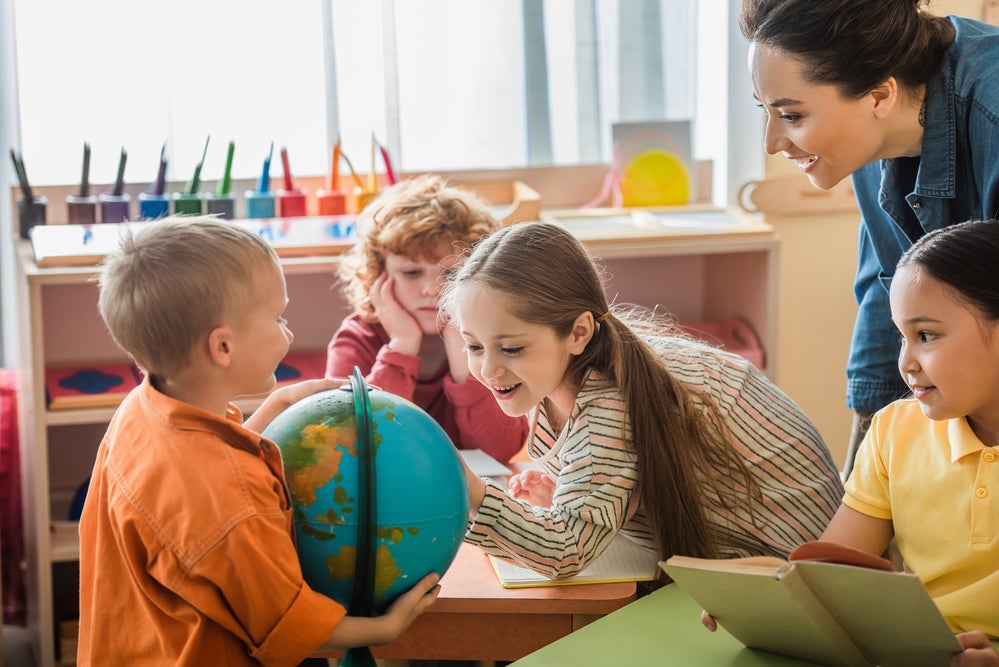
Technology plays a supporting role in this type of blended learning environment. Traditional classroom instruction is the primary teaching method, with occasional use of technology for supplemental activities or assessments.
Online Lab
In an online lab model, students complete all coursework and assessments online. However, they’re in a physical classroom with a teacher and other students. They can receive additional support from the staff if a problem arises or collaborate with peers to complete a project.
Rotation
With a rotation model of blended learning, students move from activity to activity. Some are hands-on, while others are virtual.
For example, one first-grade classroom may have four learning stations set up:
- Teacher-led instruction
- Word sorting based on parts of speech
- Creative storytelling with an app for adding pictures and sounds
- Independent reading with an e-book of their choice
Depending on the classroom, the teacher can facilitate the movement of students or it can be self-directed.
Blended Learning Examples
As your child’s first teacher, you can incorporate blended learning techniques into their education at home. Here are some examples of programs that make it simple.
Learn With Sesame Street
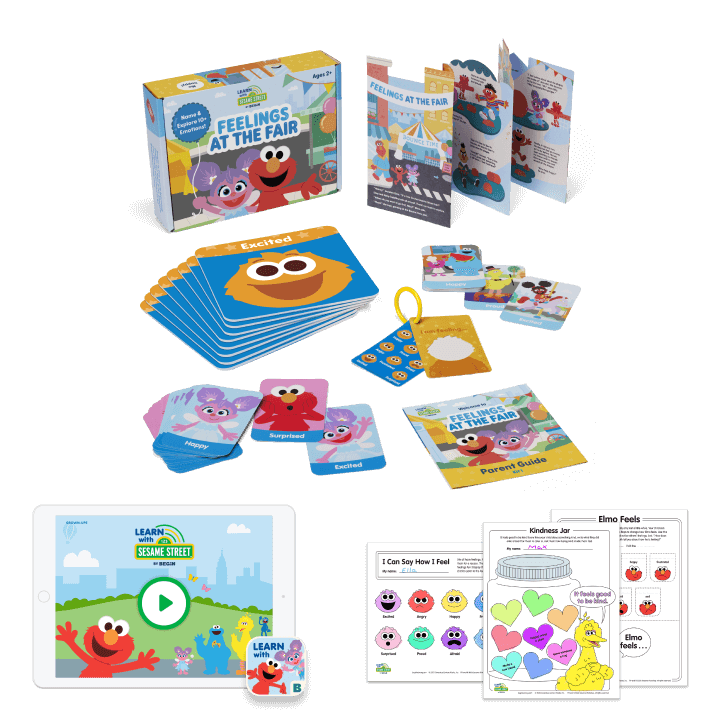
Prepare your youngest learner for a lifetime of success with Learn with Sesame Street from Begin. When you sign up, your child can access a social-emotional learning app starring the cuddly Sesame Street characters you know and love.
As they complete interactive activities and watch carefully curated videos, they’ll study themes like:
- Big feelings
- Celebrating friendship and kindness
- Sharing
In addition to the age-appropriate app, your child will receive kits in the mail to accompany each theme. These kits encourage hands-on learning through arts and crafts, storytime, games, and more.
By combining the app with the hands-on kit, you’ll engage your little one’s mind and body in a way that keeps learning exciting. It’s a great introduction to blended learning!
Codespark
Coding is an essential skill in today’s world. Help your child master it with this blended learning program from Begin.
It includes:
- Self-paced classes that you can watch anytime
- A learn-to-code app that levels up based on individual progress
- A print-friendly digital workbook for practicing coding offline
Geared for ages 5-10, codeSpark makes learning to code fun. Your child will be coding games of their own before you know it.
HOMER
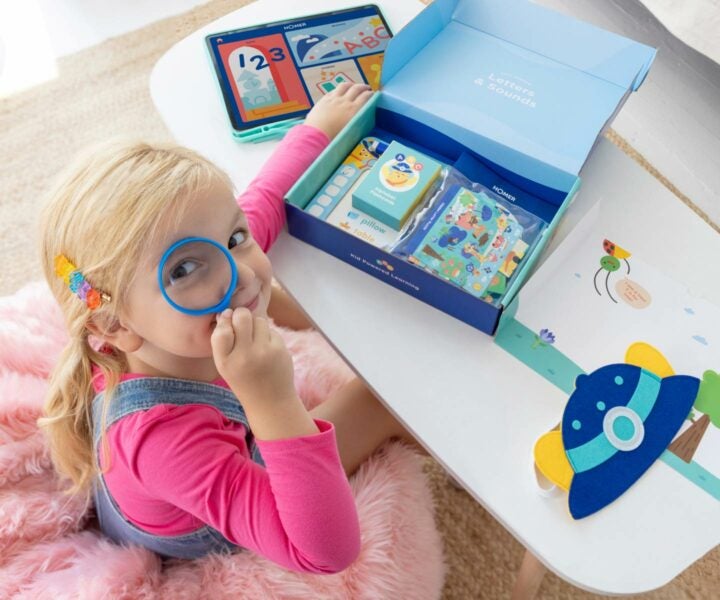
HOMER combines your child’s unique interests with their age and current learning level to create a personalized learning journey. They’ll have fun while learning skills like:
- Reading
- Math
- Social and emotional learning
- Thinking
- Creativity
This app uses a research-based approach that delivers results. It encourages students to apply their learning to the real world through various activities, crafts, or projects.
Plus, you can add HOMER Explore Kits for even more hands-on fun!
Blended Learning Success With Begin
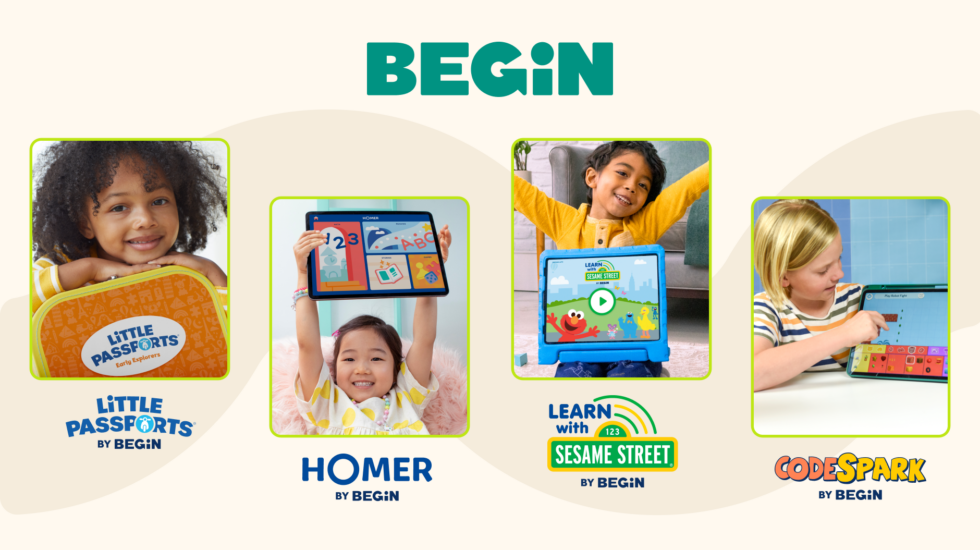
Blended learning is an innovative way to engage students and prepare them for success in today’s digital world. If your child is ready for a personalized learning experience, Begin can help.
Our learning membership grows with your child, delivering new skills and knowledge at their pace. From personalized online lessons to interactive games and hands-on activities, our platform offers high-quality hands-on and digital learning through play.
Take our quiz to see how the membership can help your family
